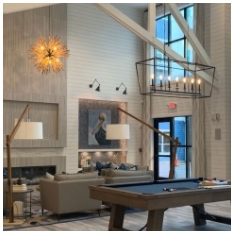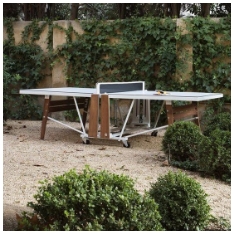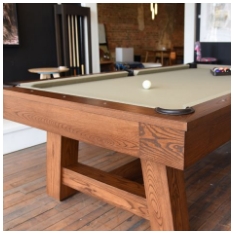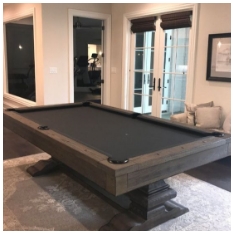When it comes to choosing a pool table, one of the most important decisions you'll face is whether to go for a slate or non-slate table. Both types have their unique characteristics, advantages, and disadvantages. Understanding these differences is crucial for making an informed decision that suits your needs and preferences.
Understanding the Basics of Pool Tables: Slate vs Non-Slate
Pool tables have been a staple in recreational spaces for decades. They offer not just a game but an experience of precision, skill, and social interaction. The core of a pool table's quality lies in its playing surface, which can either be slate or non-slate.
What is a Slate Pool Table?
A slate pool table features a playing surface made from a slab of slate, a type of rock that is carefully cut, polished, and leveled to create a perfectly flat surface. Slate has been the material of choice for professional and high-end pool tables for many years.

Advantages of Slate Pool Tables
Durability: Slate is extremely durable and can last for decades without warping or losing its levelness. This longevity makes it a preferred choice for serious players and commercial establishments.
Playing Experience: The smooth, flat surface of slate ensures a consistent and predictable ball roll, which is essential for professional play.
Resale Value: Due to their quality and durability, slate pool tables retain their value better than non-slate tables. This makes them a good investment if you ever decide to sell your table.
Disadvantages of Slate Pool Tables
Weight: Slate is very heavy, making these tables difficult to move and requiring a sturdy floor for support. This can be a significant drawback for those who need to relocate the table frequently.
Cost: Slate pool tables are generally more expensive than their non-slate counterparts. The cost of the slate itself, combined with the need for professional installation, can add up.
Installation: Due to the weight and the need for precision, setting up a slate pool table usually requires professional installation, which can be an added expense.
What is a Non-Slate Pool Table?
Non-slate pool tables use alternative materials for the playing surface, such as MDF (medium-density fiberboard), plywood, or other synthetic materials. These tables are often marketed as more affordable and lightweight alternatives to slate tables.
Advantages of Non-Slate Pool Tables
Affordability: Non-slate tables are generally much cheaper than slate tables, making them accessible to a broader range of budgets.
Portability: Lighter than slate tables, non-slate tables are easier to move and install. This makes them a good choice for homes where the table might need to be relocated frequently.
Variety: Non-slate tables come in a wide range of designs and styles, providing more options to suit different aesthetic preferences.
Disadvantages of Non-Slate Pool Tables
Durability: Non-slate materials are more prone to warping and damage over time. This can affect the flatness of the playing surface and, consequently, the quality of play.
Playing Experience: The surface of non-slate tables may not be as smooth or consistent as slate, leading to unpredictable ball rolls. This can be frustrating for serious players.
Resale Value: Non-slate tables generally do not hold their value as well as slate tables, which means you might not get much back if you decide to sell your table.
Comparing Slate and Non-Slate Pool Tables
When deciding between a slate and non-slate pool table, it's essential to consider your priorities. Are you looking for a professional-grade playing experience, or is affordability and portability more important? Let's break down the key factors to help you decide.
Initial Investment: Slate tables require a higher initial investment. If you are looking for a long-term solution and are serious about pool, this cost may be justified.
Maintenance Costs: Slate tables typically require less frequent maintenance but may need professional servicing when they do. Non-slate tables might need more regular upkeep but are generally easier to repair.
Moving and Installation: The significant weight of slate tables means they are challenging to move. Professional help is often necessary. Non-slate tables, being lighter, can often be moved with minimal assistance.
Floor Requirements: Slate tables require a sturdy floor due to their weight, while non-slatetables are more forgiving in this regard.
Consistency: For those who prioritize a professional playing experience, the consistent and smooth surface of a slate table is unmatched.
Casual Play: For casual players or those using the table for family fun, a non-slate table can be sufficient and enjoyable.
Durability: Slate tables are known for their longevity. They can last a lifetime if properly cared for.
Conclusion
In conclusion, both slate and non-slate pool tables have their place in the world of billiards. Your choice should be guided by your specific needs, whether it's the professional playing experience of slate or the affordability and convenience of non-slate. By considering the factors discussed, you can make an informed decision that you'll be happy with for years to come.





